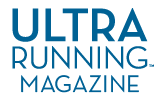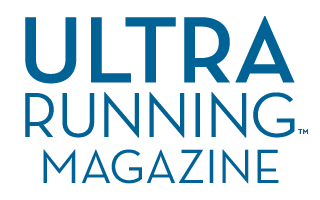Inspiration must come from the heart. Watching an athlete’s emotional struggle as well as understanding their physical hardship is what connects us as humans. We need to feel it. While the sport of ultrarunning is full of extraordinary achievements where ordinary people do amazing things, watching more women succeed in the sport has been a source of inspiration for many.
Female ultrarunners are pushing boundaries, setting records and running more ultramarathons than ever before. While the topic of bridging the gap between men and women in ultrarunning continues to keep raising the question, “How can we get more females into the sport of ultrarunning?” the answer isn’t so simple. Women are raising children as primary caregivers, working full-time jobs and managing their households. The female body goes through a monthly cycle that hasn’t been included in many of the studies when it comes to ultrarunning, which leaves us in the dark about fatigue, nutrition and biomechanics, just to name a few. As women, we’re running as long as we can while managing life, along with a menstrual cycle, menopause or something in between. Luckily, people are starting to invest in women and their bodies.
A recent event organized by the brand Lululemon included 10 women—all runners—who were given the opportunity to participate in a 6-day ultramarathon. For months, they were given help with training and nutrition, and participated in product innovation and biomechanical research for each of their body types – this was all in attempt to listen to how the women felt while running. With support from the brand, these 10 women were offered everything they needed to succeed in the 6-day event. While out on the course, research was being conducted to further the studies on women’s nutrition, fatigue, biomechanics, heat exhaustion and more, so that the endurance world has more data to advance their knowledge of how women’s bodies work while under stress in endurance sports.
While other brands have conducted similar projects in the past, such as the HOKA Carbon X Project and Nike’s attempt at a sub-2-hour marathon in Breaking2, all were conducted to produce fast times. Lululemon’s Further event was strategically planned to produce an ideal environment where 10 women could run the farthest distances of their running careers, all while monitoring the science to further the research on women and ultrarunning.
In this issue, you’ll find ultra-inspired columns including advice from Maggie Guterl in her column, “Ask Mags” on tips during your first 100-miler and how to keep your sanity during an injury on page 19. Columnist Nick Tiller, PhD, MRES writes a special feature about the science behind women closing the gap in longer distances on page 32. Jared Beasley writes about the inspiring story of Canadian runner, Terry Fox, on page 69, and Erika Hoagland asks a few ultrarunners what inspired them to begin ultrarunning on page 73.
Each of the women who ran this event were inspiring in their own way, but the community they built and those who invested in them made it inspiring for the future of women in ultrarunning. And we need more of it.
As a community, we’ve seen great achievements by both men and women throughout the history of our sport. But as we look ahead, we need to continue to educate ourselves to understand how we can continue to not just run longer distances but inspire others to do the same.
Keep Moving



